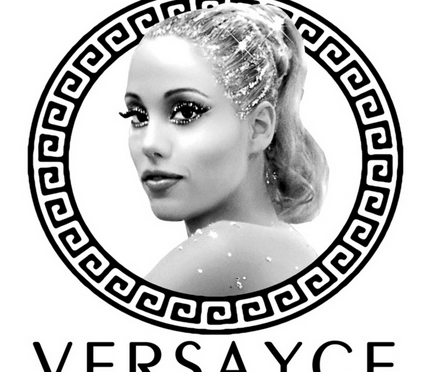It’s almost but once a decade that a movie like Showgirls comes along (in the early 00s, both Crossroads and Glitter proved a rare double whammy). In September of 1995, Paul Verhoeven’s NC-17 rated (the first and so far only of its kind to be released widely in theaters) was the kitsch movie of the decade to enter the public consciousness. At the time of its debut, however, it was not given the same respect it now relishes, panned by critics and left to flop at the box office. But, twenty years later, Showgirls has achieved the sort of iconic status generally reserved for more “elegant” classics like, say, All About Eve–which bears a somewhat similar plot motif. Interestingly, Verhoeven has called Showgirls “the most elegant movie I’ve ever done.”

His collaboration with screenwriter Joe Eszterhas (who also wrote Flashdance, a hop, skip and a jump away from the narrative of Showgirls) is, indeed, one of the most visually sumptuous representations of West Coast/stripper existence. Telling the tale of a fresh-off-the-boater type with a so-called street savvy edge, we’re introduced to Nomi Malone (Elizabeth Berkley, then best known for her role as Jesse Spano on Saved by the Bell), a fresh-faced showgirl aspirant headed for Las Vegas. Her driver ends up ripping her off by the time she arrives, boding ill already for her future there. Luckily, she encounters one of the few non-sexually charged or competitive women in town, Molly Abrams (Gina Ravera), who ends up becoming her roommate and introducing her to the toast of Vegas’ showgirls, Cristal Connors (Gina Gershon).

Impressed yet intimidated by Cristal’s (yes, she named herself for the champagne) “glamorousness” and success, Nomi is practically heartbroken when she balks that Nomi is little better than a prostitute for working at a strip club called Cheetah’s Topless Club (a real place in Vegas known for corruption with regard to paying off officials to look the other way on lax strip club regulations). Unable to bring herself to go to work that night, she agrees to go out with Molly to take her mind off things, but ends up getting in a fight with a bouncer and being arrested. In fact, Nomi’s entire aura screams “trash,” which is what tends to draw the Vegas types to her in spite of the drama that follows her.

One such Vegas type is the entertainment director at the Stardust–the club where Cristal stars as the lead in Goddess, a topless revue–Zack Carey (Kyle MacLachlan, never one to shy away from sinister roles). Although he is “dating” Cristal, he isn’t opposed to watching her dance for him at Cheetah’s, where Cristal (bisexual and clearly aroused by Nomi) takes him so that she can have a little fun by humiliating Nomi for her whorish ways. Eventually, Zack proves quite useful to Nomi, making her Cristal’s understudy in Goddess.

Cristal, notorious diva that she is, threatens to sue Stardust over the decision, taking Nomi out of the running for the starring spot. But, diabolical sex doll Eve Harrington that she is, Nomi pushes Cristal down some stairs, causes her to break her hip and ends up getting the part anyway.
The philosophy not just of Vegas but of (American) existence itself is encapsulated unironically by Verhoeven, extremely European in worldview and style preference. At the moment of its birth into the cinema ether, though, no one was prepared to acknowledge its truth. Only now is his masterpiece looked back upon as satirical and intentional in its portrayal of an ingenue willing to do anything to get to the top–to achieve that end all, be all of fantasies: celebrity. One supposes time was all that was needed to gain a bit more perspective on how real the surreal is in the industry of fame-whoring.






















